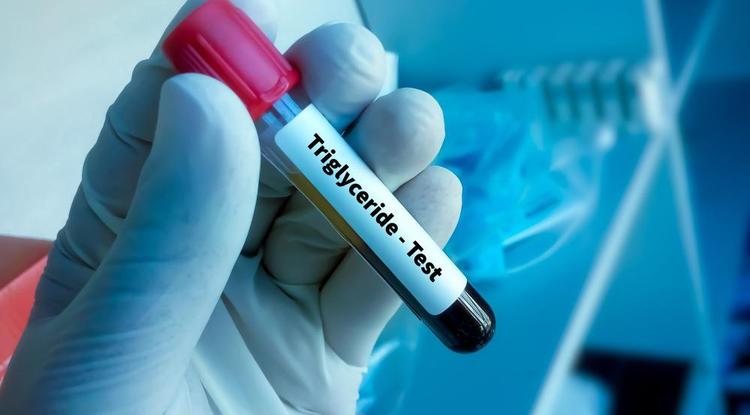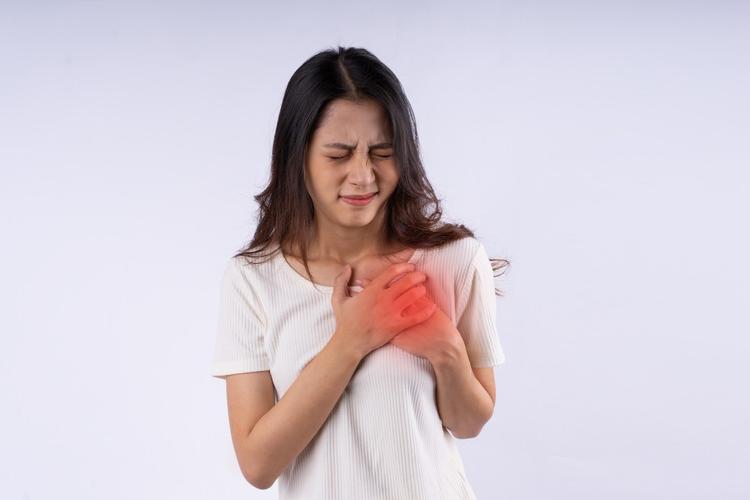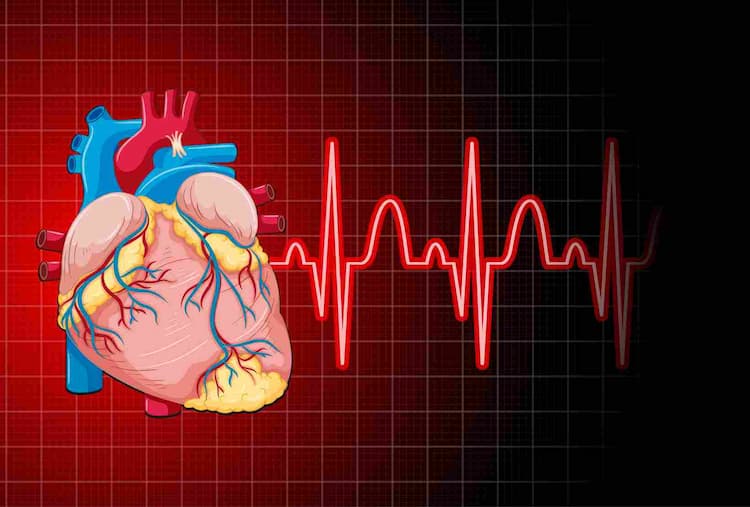How Your Limbs Warn You About High Cholesterol

Medically Reviewed By
Dr. Ragiinii Sharma
Written By Ritish Sharma
on Jun 27, 2023
Last Edit Made By Ritish Sharma
on Mar 18, 2024

High cholesterol is a common problem affecting millions of people worldwide. As per estimates, about 1 in 3 adults worldwide have high cholesterol. About 25-30% of adults in India have high cholesterol.
High cholesterol is a silent health condition often goes unnoticed until it causes serious complications. But did you know your limbs can be a warning sign for high cholesterol?
While we typically associate high cholesterol with heart disease, the truth is that it can affect your entire body and lead to a range of health problems.
That's why paying attention to critical indicators your body may give you is essential.
So, let’s explore how your limbs can warn you about high cholesterol and what you should look out for. Don't ignore these warning signs - they could be crucial in taking control of your health and preventing future complications.
Understanding High Cholesterol
Cholesterol is a waxy substance in your blood and is vital to the body. It is crucial for the production of hormones, vitamin D, and the formation of cell membranes. However, an imbalance in cholesterol levels can lead to health complications, including high cholesterol.
This condition occurs when there is excessive cholesterol in the blood, which can gradually build up in the arteries and hinder blood flow.
Various factors can contribute to elevated cholesterol levels, including:
- Unhealthy lifestyle choices
- Lack of physical activity
- Smoking
- Excessive alcohol consumption
- Certain medical conditions (Obesity, diabetes, etc.)
- Underactive thyroid gland
How High Cholesterol Affects Blood Vessels?
When cholesterol levels are high, it can lead to the formation of plaque within your blood vessels. This plaque consists of cholesterol, fat, calcium, and other substances that gradually build up on the inner walls of arteries.
Over time, this buildup narrows the arteries, restricting blood flow to various body parts, including the limbs.
Limb symptoms associated with high cholesterol are primarily a result of reduced blood flow to the extremities.
This occurs because the narrowed arteries struggle to deliver adequate oxygen and nutrients to the leg muscles. Coldness or numbness in the limbs, particularly the hands and feet, can also be linked to poor circulation caused by cholesterol buildup.
Key Limb Indicators of High Cholesterol You Shouldn't Ignore
1. Leg pain during physical activity
Leg pain during physical activity, known as claudication, can indicate high cholesterol. This occurs when narrowed or blocked arteries limit blood flow to the leg muscles.
As a result, the muscles do not receive enough oxygen and nutrients to function properly, leading to pain and discomfort. The pain typically subsides when the activity is stopped, and the muscles are given a chance to rest.
Related Post - High Cholesterol And Liver Diseases – How Is It Related? - MyHealth
2. Heaviness or fatigue in legs
One way your limbs may warn you about high cholesterol is through the sensation of heaviness or fatigue in the legs. This feeling is often described as tiredness, weakness, or a heavy burden weighing down the legs.
This sensation can make it challenging to carry out daily activities and worsen with prolonged standing or walking.
3. Coldness or numbness in limbs
Experiencing cold feet is common in chilly weather, as our bodies naturally react to the cold by constricting blood vessels. However, if you find yourself with cold feet for no apparent reason, it might be a sign that your cholesterol levels are at play.
It is crucial to notice this symptom and consider getting your blood tested.
4. Frequent leg cramps
Frequent leg cramps can be a bothersome and painful experience, and they may indicate high cholesterol levels. While leg cramps are commonly associated with muscle fatigue or dehydration, they can also be linked to poor circulation caused by elevated cholesterol.
It is essential to pay attention to recurring leg cramps and consider them as potential warning signs of high cholesterol. Seeking medical advice and checking cholesterol levels can help identify any underlying issues.
5. Weakness or difficulty in walking
Sometimes weakness or difficulty walking can be a warning sign of high cholesterol levels. When cholesterol builds up in the arteries, it restricts blood flow and oxygen supply to the muscles, leading to weakness and difficulty walking.
6. Change in skin color
While most people associate high cholesterol with its impact on heart health, it can also manifest in visible changes on the skin. High cholesterol levels can lead to the formation of small, yellowish deposits known as xanthomas, which may appear under the skin.
These deposits can occur in various areas of the body, including the eyelids, palms, soles of the feet, and tendons.
When these xanthomas develop, they can cause the skin to take on a distinctly yellowish hue or a pale appearance.
7. Delayed Wound Healing
If you observe a slow healing process of a wound on your limbs, it indicates inadequate blood circulation, potentially caused by elevated cholesterol levels. While other factors like diabetes could also be responsible, a blood test can accurately determine the underlying condition.
Prevention and Maintenance of Healthy Cholesterol Levels
Maintaining healthy cholesterol levels is crucial for your overall well-being and cardiovascular health. Here are some key points for prevention and maintenance:
- Include plenty of fruits, vegetables, whole grains, and lean proteins.
- Avoid processed foods and choose healthy fats like nuts, seeds, and avocados.
- Engage in regular physical activity to help raise HDL (good) cholesterol levels and lower LDL (bad) cholesterol levels.
- Achieve and maintain a healthy weight through a balanced diet and regular exercise.
- Limit alcohol consumption, as excessive intake can raise cholesterol levels and contribute to other health problems.
- Schedule regular check-ups to monitor your cholesterol levels and overall cardiovascular health.
- Take medications as directed and follow up with your doctor regularly.
Takeaway
Now you know how our limbs are crucial in warning about high cholesterol levels, serving as a silent messenger of potential cardiovascular risks.
However, more than relying on these warnings is required.
Early diagnosis through a Lipid Profile Test is vital for preventing and effectively managing high cholesterol levels. Redcliffe Labs offers a convenient and reliable solution with the lipid profile test, providing a comprehensive assessment of your cardiovascular health.
With the added convenience of free and express home sample collection in just 45 minutes, there are no excuses to delay prioritizing your health and overall well-being.
Don't wait; book a test today and take control of your health journey. Your limbs may be sending signals, so listen to them and make informed decisions for a healthier future.



